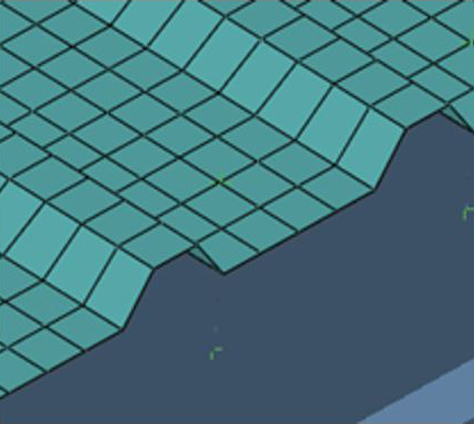Simplifications of the numerical model in the design of bar and diaphragm bracing systems
1
Faculty of Civil and Environmental Engineering, Gdańsk University of Technology, Poland
These authors had equal contribution to this work
Submission date: 2024-05-10
Acceptance date: 2024-06-03
Publication date: 2025-09-17
Corresponding author
Natalia Korcz-Konkol
Faculty of Civil and Environmental Engineering, Gdańsk University of Technology, Poland
Faculty of Civil and Environmental Engineering, Gdańsk University of Technology, Poland
Archives of Civil Engineering 2025;71(3):281-294
KEYWORDS
TOPICS
ABSTRACT
The topic of transversal roof bracing design was discussed. The analysis was performed in ABAQUS for a part of the steel single-storey building roof consisting of truss girders and purlins. Structure with both diaphragm bracing (trapezoidal sheeting) and bar bracing was considered. Imperfection-origin forces (implemented using stabilising force) and wind loads were taken into account. Following modifications of the numerical model were analysed: substitution of the 3D shell model of the sheeting with an equivalent orthotropic shell, omission of the elasticity properties of the purlin-to-sheeting connection, omission of the eccentricity between purlins and sheeting. Influence of the simplifications of the numerical model on forces in bracing was assessed. Substitution of the 3D shell model of the sheeting with the equivalent orthotropic shell model with modification of the matrix stiffness according to the stressed skin theory gave more satisfactory results of the extreme forces in bar bracing than using “standard” stiffness matrix element values. What is more, the numeration simplification of the purlin-to-sheeting connection (omission of the connection flexibilities) affected the results less than the omission of the purlin-sheeting eccentricity.
We process personal data collected when visiting the website. The function of obtaining information about users and their behavior is carried out by voluntarily entered information in forms and saving cookies in end devices. Data, including cookies, are used to provide services, improve the user experience and to analyze the traffic in accordance with the Privacy policy. Data are also collected and processed by Google Analytics tool (more).
You can change cookies settings in your browser. Restricted use of cookies in the browser configuration may affect some functionalities of the website.
You can change cookies settings in your browser. Restricted use of cookies in the browser configuration may affect some functionalities of the website.




